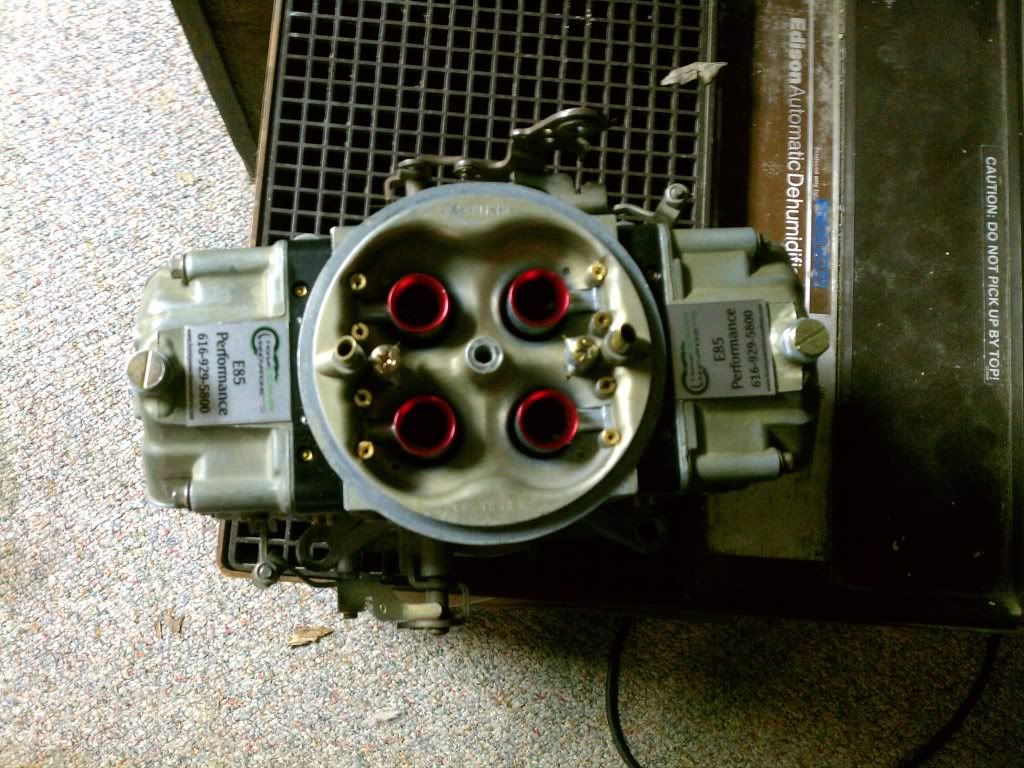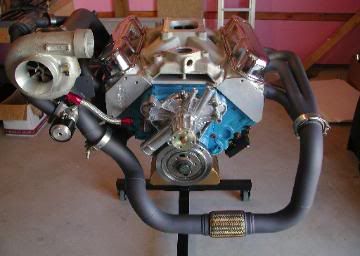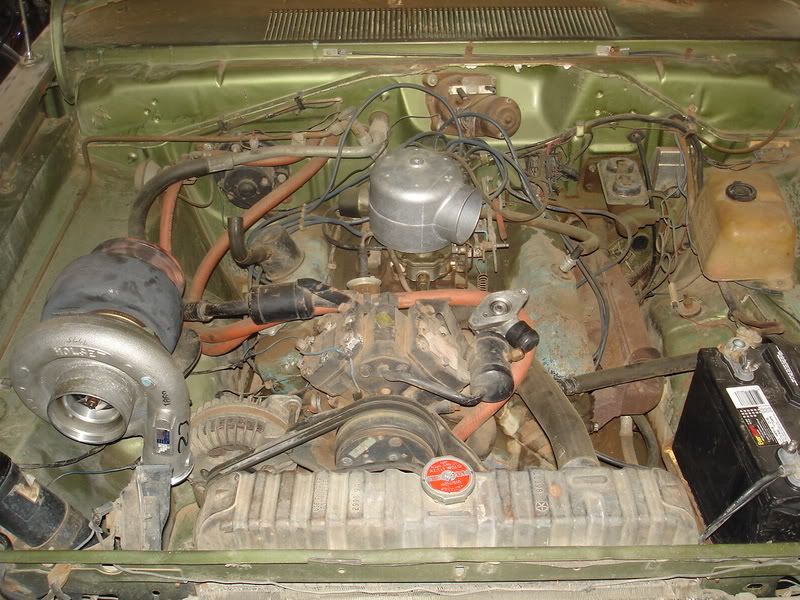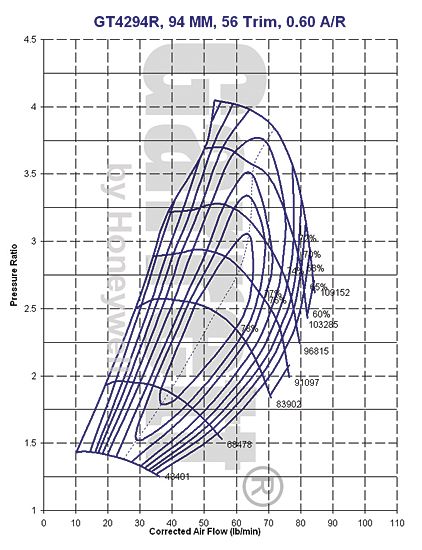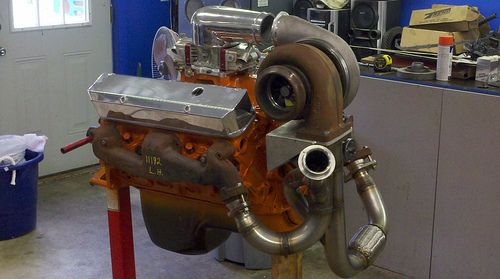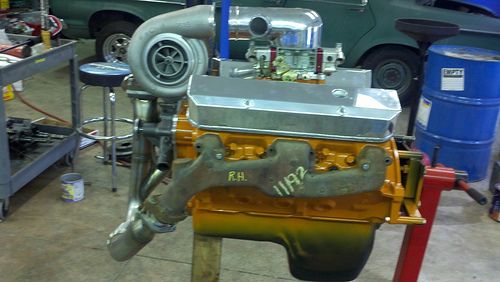69bcuda408
New Member
Collecting parts for a single turbocharger setup.
I have:
A good 318 block, 340 J heads, Stock 340 intake, Stock 340 hyd cam (1st try slightly retarded), Eagle billet rods, 273 forged crank. MSD billet distributor (1st try with locked 24 deg).
Need: Forged pistons (8-9 comp ratio w The J heads) suggestions?
Mains girdle (hughes)?
Valves SS/Inconel/Sodium filled?
Blow-thru carb E85 What brand?
Exhaust manifolds (Maybe barr marine for cost/easy routing)?
Single turbocharger (if possible scrapyard item) sizing?
Cometic gaskets
Head studs.
Want 500-600 Hp if possible
Please advise.
I have:
A good 318 block, 340 J heads, Stock 340 intake, Stock 340 hyd cam (1st try slightly retarded), Eagle billet rods, 273 forged crank. MSD billet distributor (1st try with locked 24 deg).
Need: Forged pistons (8-9 comp ratio w The J heads) suggestions?
Mains girdle (hughes)?
Valves SS/Inconel/Sodium filled?
Blow-thru carb E85 What brand?
Exhaust manifolds (Maybe barr marine for cost/easy routing)?
Single turbocharger (if possible scrapyard item) sizing?
Cometic gaskets
Head studs.
Want 500-600 Hp if possible
Please advise.

